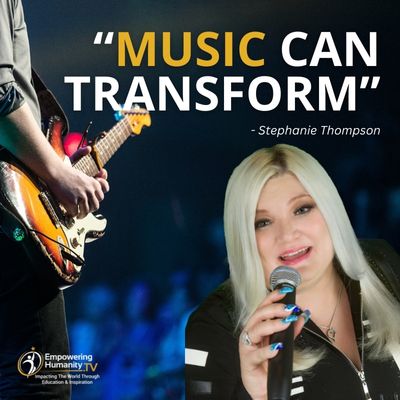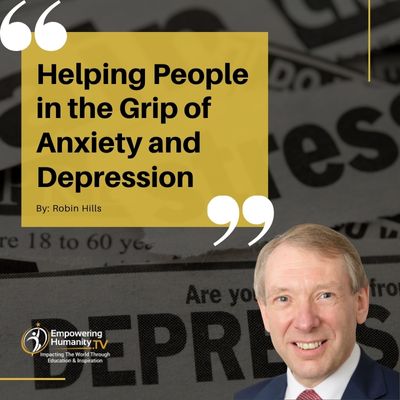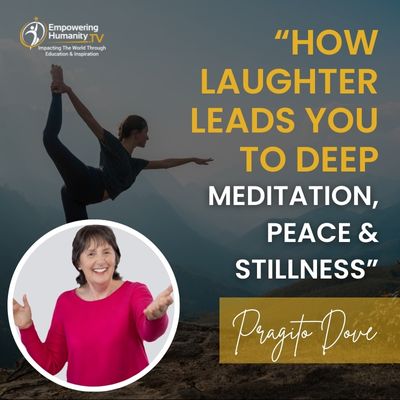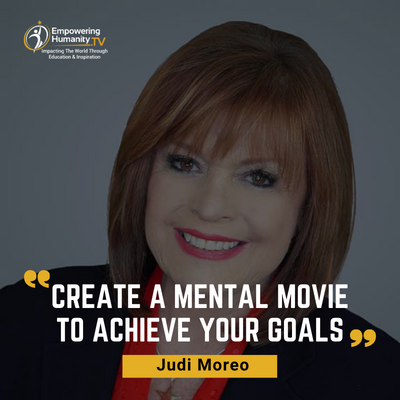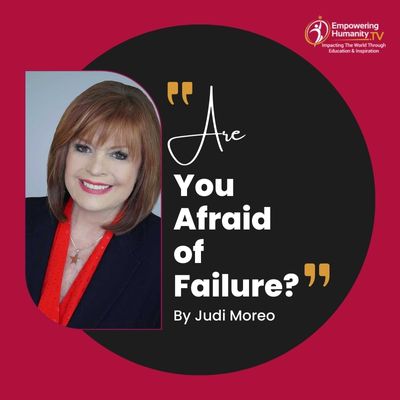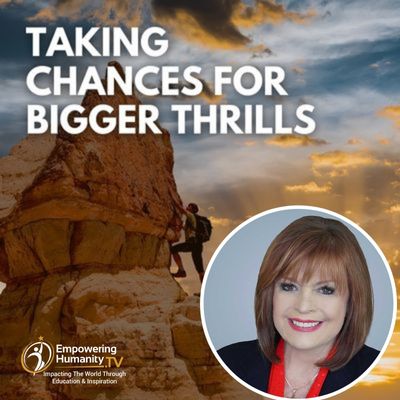“Music Can Transform”
By; Stephanie Thompson
I have never been a fan of going to the doctor or getting medical tests. I’ve learned recently that a lot of people experience that which makes me feel I’m not alone. My blood pressure is always higher when I’m at the doctor and anxiety kicks in. Recently, I had to do two different MRI tests. The first one was for my knee. I went to the imaging center and when my name was called, I was led back into a little room where the MRI was. I was told to lay down on the table and to be still. They gave me some headphones to put on to block out the banging noise of the machine and then slid me halfway inside. Now, the headphones helped a little, but I could still hear the clanging of the machine and it was nerve-wracking. The test seemed like it lasted forever. Finally, they told me they were done and slid me out again. I was so relieved to be out of there.
The second MRI was for my back and I was frustrated already going into the test. This MRI was at a different place that I had never been to before and I drove around and around trying to find the center. Finally, I found the address, and then I walked around the entire building attempting to find the entrance, dragging my feet the whole way. When I walked inside, I was stopped and had to undergo 20 questions because of Covid. By the time I signed into the front desk, I was feeling pretty frustrated about the whole experience. After filling out a ton of paperwork, I was eventually led back into a waiting room. There, someone came out and handed me two gowns to put on and instructed me to strip out of my clothes and put one gown on front and one gown on the back. My anxiety was rising, as I did what I was told. I took off all of my jewelry and clothes and then went back to sit and wait. When they finally ushered me back into the room to do the MRI, I was starting to feel more anxious. As they slid me all the way into the machine, I began to feel claustrophobic, and I couldn’t wait to get out. Then they gave me headphones, so they could speak to me through them. However, this time, they gave me the option of listening to music during the test. I told them yes, I would love that and when they asked me if I had a preference, I told them I wanted to relax, soothing music because I knew the effects of different music on the mind and body and what would help me calm down. Seconds later, beautiful music washed over me and filled my spirit to the point that I actually began to relax for the first time during the whole experience. I lost myself in the moment, with the sounds of the different instruments playing, and forgot about the earlier annoyances of the morning.
By the time the test was finished, I was in a much better mood and I found myself smiling and cheerfully thanking everyone as I left the building. Those two entirely different experiences proved to me what music has the ability to do for us in the way that it affects our emotions and transforms our thoughts.
Stephanie Thompson is a classically trained inspirational pop singer-songwriter, vocal coach, actress voice-over artist, and member of SAG/AFTRA and Actor’s Equity. She is the Entertainment Director and the main performer for EmpoweringHumanityTV.com, and the networking events. Currently, Stephanie is impacting many lives with her healing through music online educational programs.

